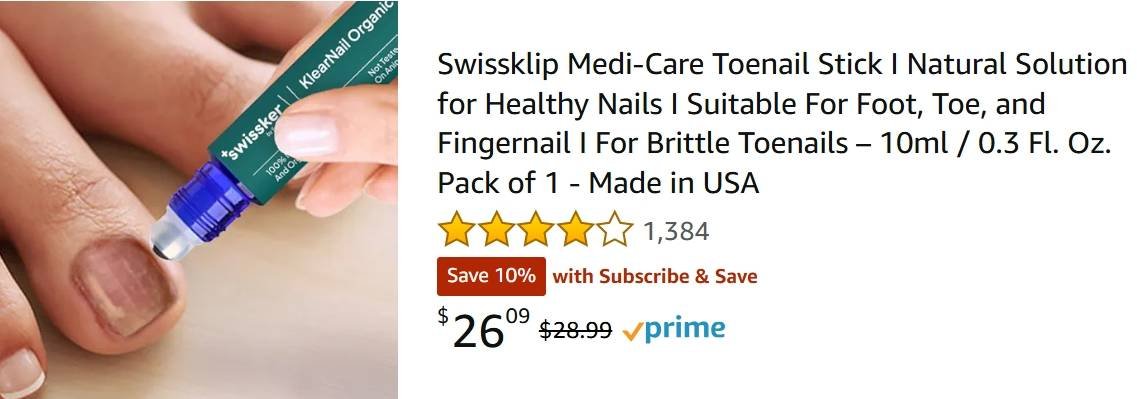Swimming Pools and Toenail Fungus: What You Need to Know
Find a Podiatrist Near You
Get same-day appointments with verified podiatrists. Insurance accepted.
Did you know that nearly 10% of swimmers develop toenail fungus due to exposure to public pool environments? This alarming statistic highlights the importance of understanding how swimming pools can contribute to toenail infections. In this article, we’ll explore how pools facilitate fungal growth, provide practical prevention tips, discuss treatment options, and debunk common myths about toenail fungus.
Armed with this knowledge, you’ll be better prepared to keep your feet healthy and fungus-free.

How Swimming Pools Contribute to Toenail Fungus
- Ideal Conditions for Fungal Growth
Toenail fungus, particularly caused by dermatophytes, thrives in environments that are warm, moist, and dark. Public swimming pools often create these ideal conditions. Dermatophytes, which are fungi responsible for toenail infections, are well-suited to survive in such environments. They can persist on pool surfaces and transfer to your feet through direct contact. - Role of Chlorine and pH Levels
Chlorine is added to swimming pools to kill bacteria and some fungi, but it doesn’t always eradicate fungal spores entirely. The effectiveness of chlorine can vary depending on the pool’s pH levels. An imbalanced pH can sometimes facilitate fungal survival. Proper maintenance is crucial to minimizing these risks. - Shared Surfaces
Public pool areas, such as pool decks, locker rooms, and showers, are common sources of fungal spores. These surfaces are frequently exposed to moisture and can harbor fungi. Walking barefoot in these areas significantly increases the risk of picking up toenail fungus.
Case Study: A study conducted by the American Journal of Clinical Dermatology found that nearly 25% of individuals who frequented public pools reported symptoms of toenail fungus. This highlights the risk associated with shared pool environments.
In the YouTube video above “Swimming Pool Builder Treated with Laser Therapy for Fungal Toenails…” (published about 1.3 years ago), a swimming pool builder shares his experience undergoing laser treatment for toenail fungus. The video highlights how the procedure targets fungal infection, describes his treatment journey, and offers insights into what to expect during and after therapy.
Prevention Tips
- Foot Hygiene
To reduce the risk of toenail fungus, maintain rigorous foot hygiene. After swimming, wash your feet thoroughly with soap and warm water, ensuring you clean between the toes. Dry your feet completely using a clean towel or a hairdryer on a cool setting. Applying antifungal foot powder can also provide extra protection. - Footwear
Always wear protective footwear such as flip-flops or water shoes in pool areas. This simple step can greatly reduce your risk of exposure to fungal spores on shared surfaces. - Nail Care
Keep toenails trimmed and clean. Regularly use a nail brush to scrub under your toenails and prevent dirt buildup. Avoid biting or picking at your nails to prevent creating entry points for fungi. - Immune System Boosting
A strong immune system helps combat fungal infections. Maintain a healthy diet, stay hydrated, and get adequate sleep to support your immune defenses.- For Parents: Children are particularly vulnerable to toenail fungus. Ensure they wear protective footwear around pools, teach them proper foot hygiene, and regularly inspect their feet for any signs of infection.
- Recommended Product: Tinactin Antifungal Powder – An effective powder for preventing fungal infections, available at most drugstores.
Treatment Options
- Over-the-Counter Remedies
Over-the-counter antifungal treatments such as terbinafine (Lamisil) or clotrimazole (Lotrimin) can be effective for mild toenail fungus. These treatments typically require several weeks to months and may cause side effects like skin irritation or dryness. - Prescription Medications
For severe cases, oral antifungal medications like terbinafine or itraconazole may be necessary. These treatments generally last from 6 to 12 weeks and may have side effects such as liver damage or gastrointestinal issues. Always consult your healthcare provider for tailored advice. - Home Remedies
Some people opt for natural remedies like tea tree oil or vinegar soaks. While these may offer temporary relief, they are less scientifically supported than conventional treatments. Consult a healthcare provider before using home remedies.- Alternative Therapy: Laser Therapy – Laser treatment is a newer option that targets fungal spores with light, offering a potential solution for persistent infections. Discuss with your podiatrist to see if this is a suitable choice for you.
Public Pool Hygiene
Maintaining proper pool hygiene is essential in preventing toenail fungus. Pools should be regularly cleaned and disinfected, and water quality must be monitored to ensure the right chlorine and pH levels. Well-maintained pools reduce the likelihood of fungal spores surviving and spreading.
Myth-Busting
- Myth: Chlorine in Pools Kills All Fungi
Fact: Chlorine does not eliminate all fungal spores. While it reduces the number of fungi, it’s not a comprehensive solution. Proper pool maintenance is crucial. - Myth: Toenail Fungus Can Only Be Acquired from Pools
Fact: Toenail fungus can come from various sources including communal showers, gym floors, and nail salons. Pools are just one potential source. - Myth: Toenail Fungus Is Always Contagious
Fact: Not all toenail fungi are highly contagious. Good hygiene practices and preventive measures can help reduce the risk of spreading infections. - Myth: You Only Need to Worry About Toenail Fungus if You Have Symptoms
Fact: Fungal spores can be present without visible symptoms. Regular foot care and preventive measures are essential. For further information, refer to scientific studies and expert opinions available through dermatology journals and medical professionals.
Conclusion
Understanding how swimming pools contribute to toenail fungus can help you take effective steps to protect your feet. Implementing thorough hygiene practices, using protective footwear, and exploring treatment options are key to managing and preventing toenail fungus.
Stay proactive about foot health and enjoy your swimming activities without worry!
Ready to See a Podiatrist?
Connect with top-rated podiatrists in your area. Book appointments instantly with verified doctors who accept your insurance.
Same-Day Appointments
Get seen today with urgent care availability
Verified Reviews
Real patient reviews and ratings
Insurance Accepted
Most major insurance plans covered
